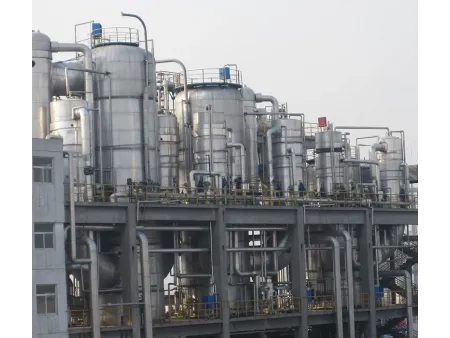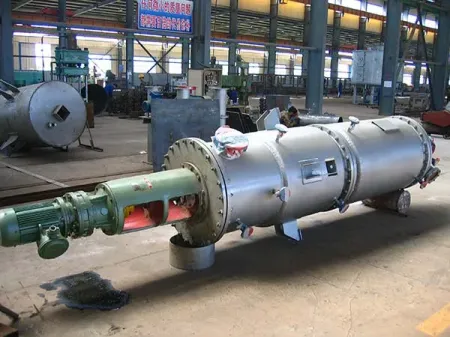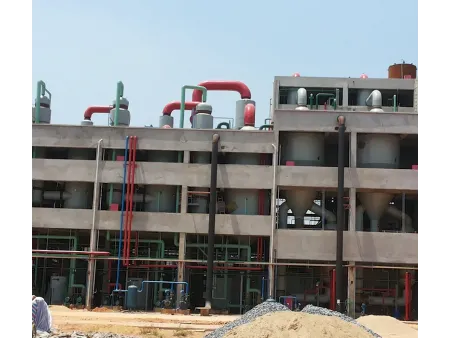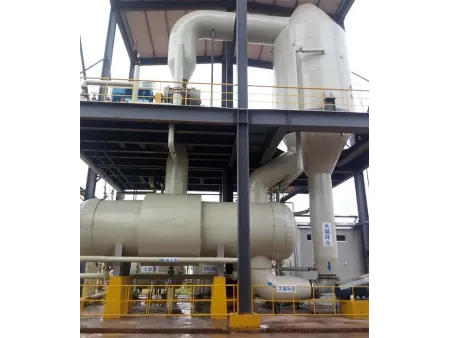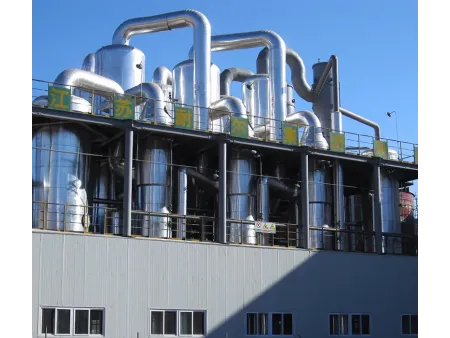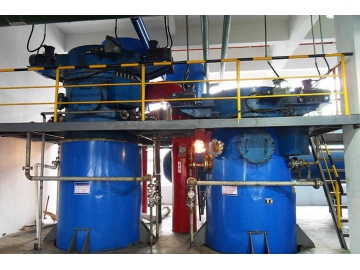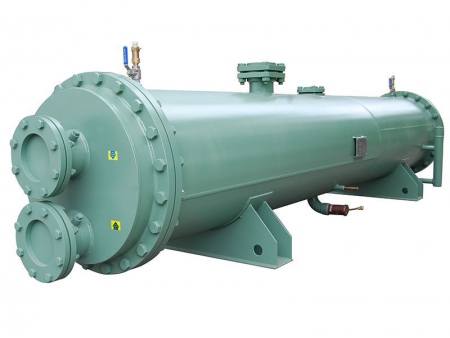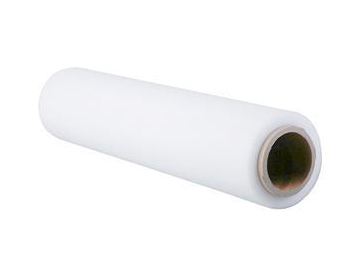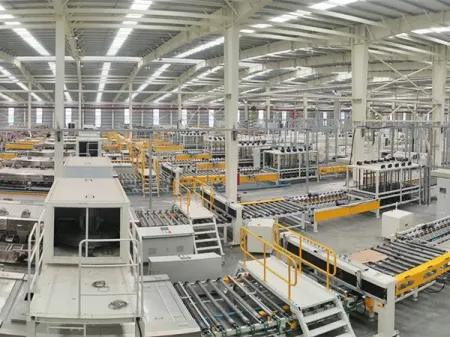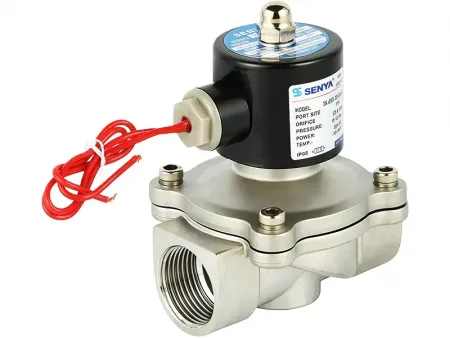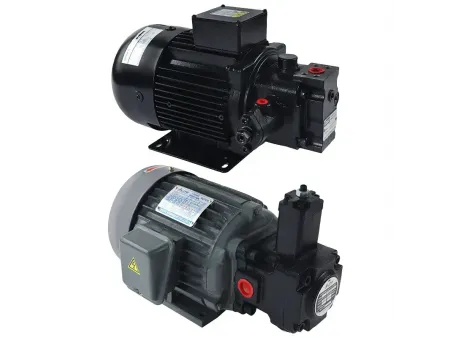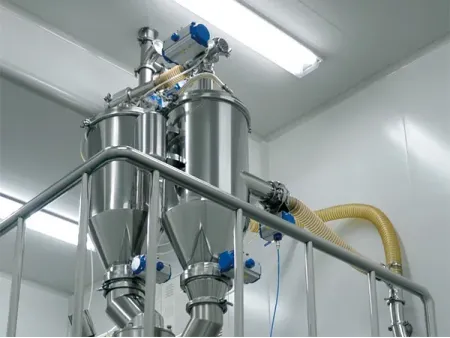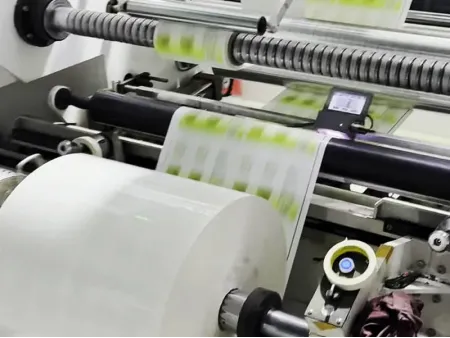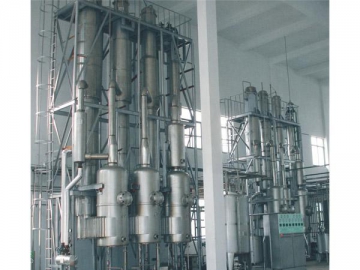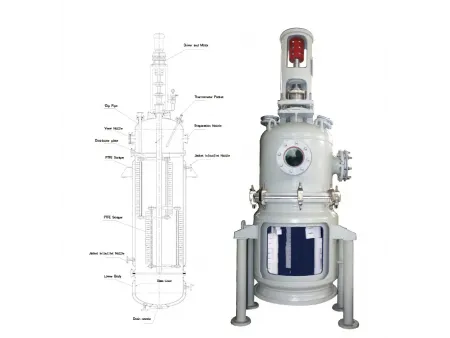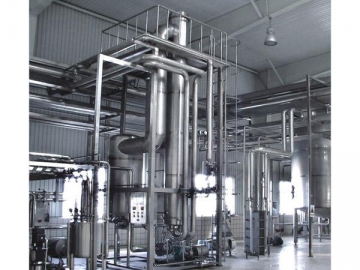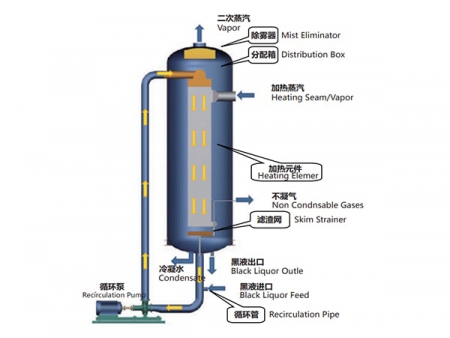Rising Film Evaporator
Industrial Evaporation Equipment
The rising film evaporator is designed for high-throughput evaporation and efficient heat transfer by utilizing the rapid upward flow of liquid and vapor within vertical heating tubes. As the liquid ascends, it forms a thin film along the inner tube surface, driven by the velocity of the generated secondary vapor.
This design enables the feed solution to reach the desired concentration in a single pass, making the evaporation system highly efficient. Under atmospheric pressure, vapor velocities at the tube outlet typically range from 20 to 50 m/s, and can reach 100 to 160 m/s under vacuum conditions.
Rising film evaporators are especially suitable for large evaporation capacities, and for processing heat-sensitive, low-viscosity, and foaming-prone liquids. However, they are not recommended for materials with high viscosity, crystallization tendencies, or a high risk of scaling.
- Tube diameter & length ratio
Heating tube diameter ranges from 25 to 50 mm, with a length-to-diameter ratio of approximately 100:1 to 150:1, ensuring optimal film formation and evaporation efficiency. - Operating conditions
Under atmospheric pressure, vapor velocity at the tube outlet is typically maintained at 20–50 m/s. Under vacuum conditions, vapor velocity can reach 100–160 m/s, promoting rapid film formation and improved heat transfer.
- Operates under vacuum conditions, allowing for low-temperature evaporation at high speed. Instrumentation and valve layouts are well-designed for safe and user-friendly operation.
- All internal and external surfaces are precision-polished, meeting GMP standards for pharmaceutical and food-grade processing.
- The use of long-tube vertical heat exchangers enables the liquid to rapidly form an upward-moving film, driven by secondary vapor. This shortens heat exposure time and allows the solution to reach its target concentration in a single pass, making it an ideal solution for continuous, high-efficiency evaporation.
